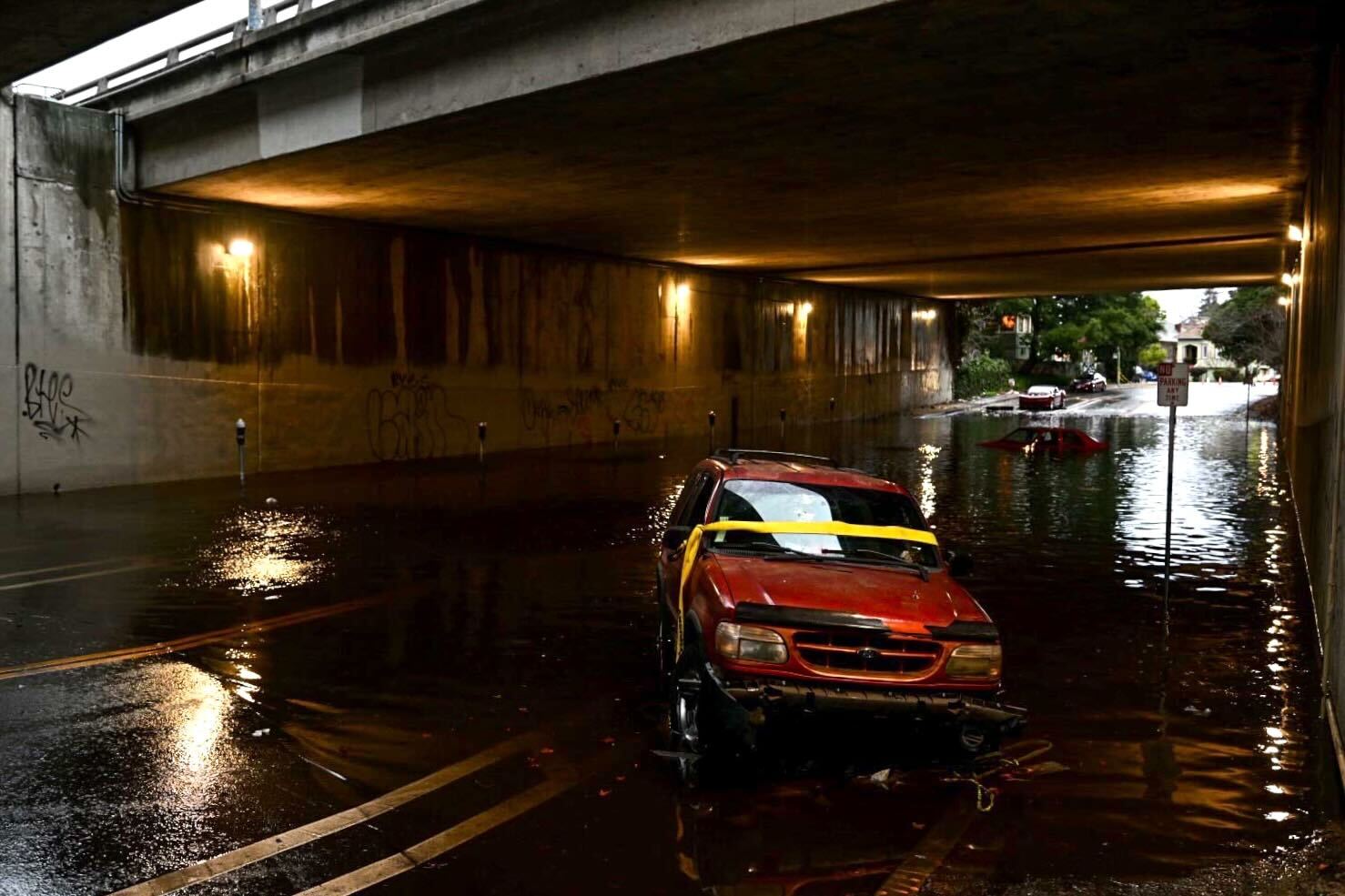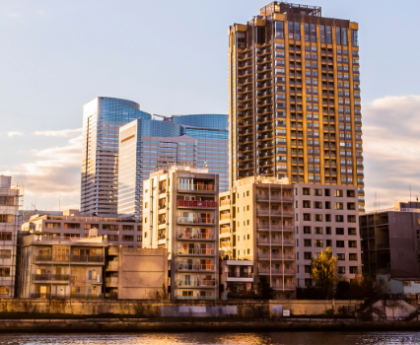Solano County: All locations are self-serve and require your own shovel.
Sonoma County: Sandbags are available at over 10 locations around the county.
How can I be ready for potential power outages?
Flooding, downed trees and downed power lines: All of these can create the very real possibility of power outages during a storm like this.
Remember: It can sometimes take days for PG&E to do safety checks and turn your power back on, particularly if an outage affects a large enough number of people. If you have medical needs that rely on power, consider planning which family members or friends you can stay with during a lengthy power outage. You might also talk to your doctor in advance about how to prepare with medications or mobility needs.
Things to have close at hand before a potential power outage:
- Battery-powered flashlights, ideally one for every household member.
- A supply of fresh batteries.
- Portable chargers or battery packs to keep your mobile phone charged.
- LED candles, instead of wax candles, are recommended by PG&E.
- A battery-powered radio to hear updates on storm conditions and outages.
- Nonperishable food (think canned goods) and water: The state recommends having enough food and water for every member of your household for three days.
- A thermometer to make sure your food is safe to eat (more on that below).
Make sure you know exactly where these crucial items are, so you’re not scrambling to find them in the dark.
Other things to do ahead of an outage:
- Fully charge your cellphone and any portable chargers.
- Get cash, as ATMs may not work during a power outage.
- Top your vehicle up with a full tank of gas (similarly, gas stations may not be operational during an outage).
- Fill up plastic containers with water and store them in your freezer, which you can use later as ice substitutes to keep food fresh.
Additionally, make sure you and your household all know:
- How to manually open any door in your home or building that requires electricity (think garage doors, apartment complex doors that require key cards).
- How you’ll communicate in an emergency situation, and not depend on a phone that needs electricity.
- How you’ll operate a generator, if you have one — check ahead of time that the one you have works, and make sure you know how to use it safely and eliminate the risk of carbon-monoxide poisoning.
As always, you should also consider checking on neighbors, especially those who may need assistance.
Mouse over or click points on the map below to see all of PG&E’s current power outages, planned or otherwise, along with the number of customers impacted, the cause (if listed), and estimated time of restoration. To see a rough approximation of power outage areas, zoom in on each location.
All data comes from PG&E, via the California Governor’s Office of Emergency Services (Cal OES), and is updated every 15 minutes. Any planned safety outages, known as Public Safety Power Outages (PSPS), will be specifically labeled on the map when they occur.
Map produced by Matthew Green/KQED
What should I do if a power outage hits my home?
Turn off almost all your appliances
If your power goes out, be sure to unplug or turn off any appliances and equipment to prevent damage from surges when the power is restored.
PG&E recommends keeping one lamp turned to the on position, to alert you when power has returned. You can then turn each appliance back on one by one.
Stay far away from any downed power lines, and report them
If you’re near a downed power line, PG&E advises that you assume it’s energized and dangerous and stay far away from it. You should:
- Make sure that others in your household, especially children, also stay far back from any downed lines.
- Call 911 to report the downed power line, and make sure you give the location clearly.
- Then call PG&E to report the downed line, at (800) 743-5000.
Keep your food safe and edible during an outage
Once your power is out, be especially purposeful about when you open your freezer or your refrigerator.
A refrigerator that loses power can keep food cold for about four hours, and a freezer for about 48 hours, if kept closed. Plan to rely on coolers with ice or any water-filled plastic containers you’ve frozen ahead of time.
The state recommends that during an outage, you monitor food temperatures with a thermometer — and throw out any food that has a temperature of 40 degrees or higher.
If you’re opting to use a camp stove or a grill in the absence of your oven or microwave, you should only use these appliances outdoors.
If you’re without power for more than 48 hours, you may qualify for compensation from PG&E. Read more about the PG&E Safety Net program, which offers these payments due to “severe events, like storms.”
How can I drive safely in rain and strong winds?
During these storms, officials urge residents to limit unnecessary travel and stay home if at all possible during weather events like these, citing the potential dangers presented by downed trees and power lines in addition to flooding.
If you must drive, use your headlights, turn off cruise control, maintain a firm grip on the steering wheel and drive more slowly and cautiously than usual. Leave twice as much space between your vehicle and the one in front of it; wet roads might mean it takes longer to stop. Be alert for debris on the road. If your car begins to hydroplane, do not slam on the brakes. Remain calm, ease off the gas, steer in the direction you want to go and very lightly pump the brakes until you regain traction.

If flooding occurs, err on the side of caution. Don’t assume you know the depth of a pool of water or the conditions of the road underneath it, especially at night.
Always turn around rather than driving through a flooded area — as few as 6 inches of water is enough to disable or stall a small car, while 12 inches can sweep away a vehicle. If floodwaters begin to rise around your car, abandon the car and move to higher ground on foot. According to the California Department of Water Resources, more people become trapped and die in their vehicles than anywhere else during a flood.
This post was originally published on 3rd party site mentioned in the title of this site



